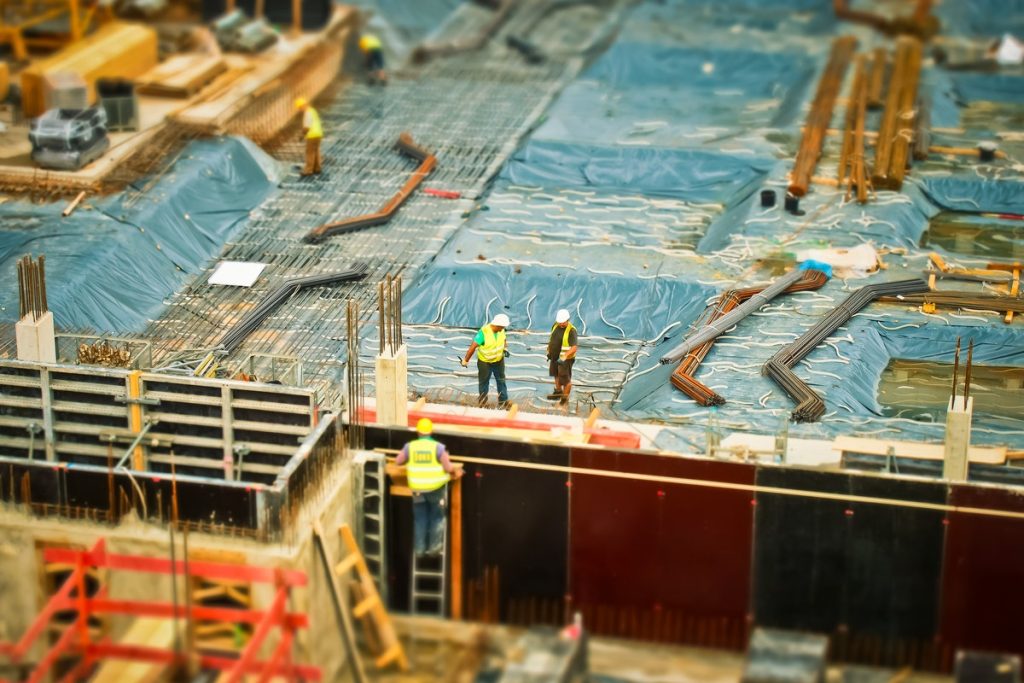Working in the construction industry can be a hazardous occupation. According to the Occupational Safety and Health Administration (OSHA), fatal injuries in the construction industry are still far too common, with an average of 937 deaths per year between 2003 and 2006.
It’s pretty common for construction sites to be teeming with hazards. From tools and equipment to the very materials being worked on, there are many potential dangers present. That’s why it’s essential for everyone involved in construction – from the workers to the site manager – to be aware of the risks and know how to protect themselves (and others).
There are four main types of hazards on a construction site: physical, chemical, biological, and ergonomic. Physical hazards include trip hazards, falling objects, electrical hazards, noise, and vibration. Chemical hazards include asbestos, lead, and silica dust, while biological hazards include mold and bacteria. On the other hand, ergonomic hazards include repetitive motion injuries and back injuries.
Construction site managers must implement health and safety protocols to protect workers from these hazards. So, in this article, you will learn 4 ways construction sites implement health and safety, the benefits of doing so, and how you can stay safe on a construction site.

Identify hazards before work begins
Construction workers face a variety of potential dangers on the job site. These hazards can range from slips and falls to exposure to harmful chemicals. As a result, workers must take the time to identify potential risks before work begins. One way to do this is to conduct a site inspection. This should include looking for trip hazards, loose concrete or debris, and any potential sources of falling objects. In addition, workers should be aware of the possibility of electrical hazards and take steps to avoid coming into contact with live wires.
Ensuring workers are eligible to work
The most efficient way to avoid injury on a construction site is to ensure that all workers are properly trained and certified to work in the specific trade they are hired for. For example, if a worker is not certified to operate a crane, they should not be performing that task. This is an initial step that can save a lot of time and hassle down the road. Safety is a primary concern on any construction site. That’s why in the UK, aspiring construction workers must book the CSCS test online and pass it before they can gain access to construction sites. If they pass, they will receive a CSCS card which will give them the necessary health and safety training.
In addition, it is vital to make sure that all workers have received the proper safety training before they begin work on a site. This training should cover topics such as fall protection, electrical safety, and chemical handling.
Controlling hazards with safety measures
Construction workers face a wide variety of potential hazards, from falling objects and electrical shocks to buried utilities and exposure to harmful chemicals. Fortunately, many different safety measures can be taken to control these hazards. By following established health and safety protocols, construction workers can help to ensure their own safety and the safety of those around them.
Some of the most effective safety measures include wearing personal protective equipment (PPE), such as hard hats, gloves, and earplugs; using adequately maintained tools and equipment; and being aware of potential hazards. In addition, construction workers should receive comprehensive health and safety training before beginning work on any project. By taking these precautions, construction workers can help reduce the risk of injury or death on the job.
Educating and training workers on health and safety protocols
To reduce the risk of injuries or fatalities, workers must receive proper education and training on health and safety protocols. Some of the most common construction hazards include falls from heights, being struck by falling objects, electrocution, and exposure to harmful chemicals or asbestos. By understanding these risks and how to avoid them, workers can help keep themselves and their fellow workers safe.
There are several ways that construction workers can receive health and safety training. Many companies offer in-house training programs, and there are also a variety of online courses available. In addition, the Occupational Safety and Health Administration (OSHA) offers free training courses on a variety of construction safety topics. By taking advantage of these resources, construction workers can make sure they are up-to-date on the latest health and safety protocols.
The bottom line
Due to the nature of the work, construction sites can be dangerous places. However, by following established health and safety protocols, construction workers can help to reduce the risk of injuries. By taking these precautions, construction workers can help create a safe work environment for everyone on the site.

